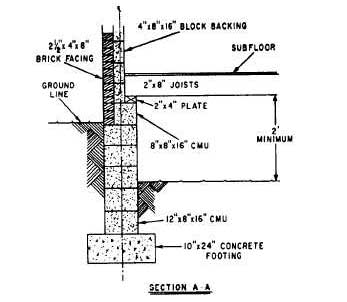
Figure 2-16. - A typical section of a masonry building.
information that cannot be given on elevation or plan views. Sections are classified as typical and specific.
Typical sections represent the average condition throughout a structure and are used when construction features are repeated many times. Figure 2-16 shows typical wall section A-A of the foundation plan in figure 2-10. You can see that it gives a great deal of information necessary for those constructing the building, Let’s look at these a little more closely.
The foundation plan shown in figure 2-10 specifies that the main foundation of this structure will consist of a 22- by 28-foot concrete block rectangle. Figure 2-16, which is section A-A of the foundation plan, shows that the front and rear portions of the foundation (28-foot measurements) are made of 12-by-8-by-16-inch CMUs centered on a 10-by-24-inch concrete footing to an unspecified height. These are followed by 8-inch CMUs, which form a 4-inch ledger for floor joist support on top of the 12-inch units. In this arrangement, the 8-inch CMUs serve to form a 4-inch support for the brick. The main wall is then laid with standard 2 l/2-by-4-by-8-inch face brick backed by 4-by-8-by- 16-inch CMUs.
Section B-B (figure 2-17) of the foundation plan shows that both side walls (22-foot measurements) are 8 inches thick centered on a 24-inch concrete footing to an unspecified height. It also illustrates the pilaster, a specific section of the wall to be constructed for support of the girder. It shows that the pilaster is constructed of 12-by-8-by-16-inch CMUs alternated with 4-by-8-by-16-inch and 8-by-8-by- 16-inch CMUs. The hidden lines (dashed

Figure 2-17. - A specific section of a concrete masonry wall.
Continue Reading